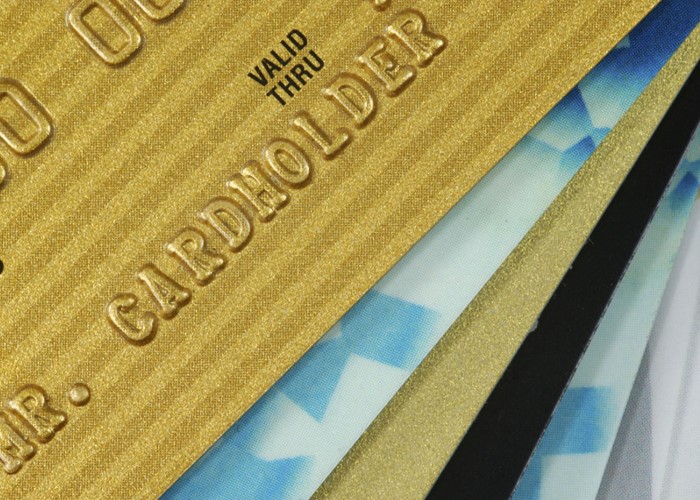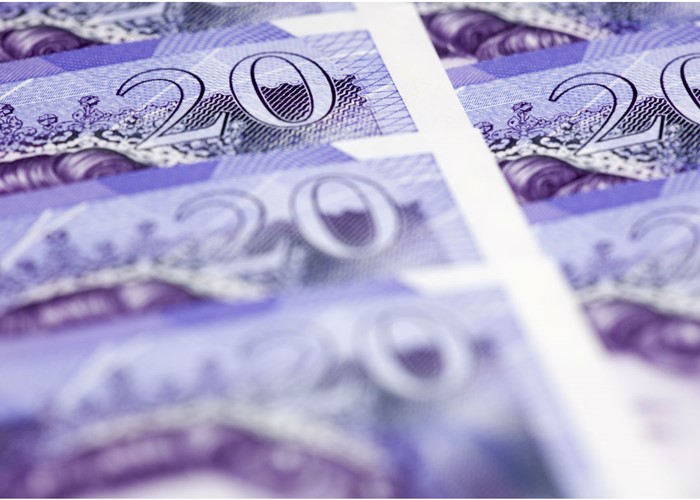Current accounts vs savings accounts: the best place for your money

With the new Personal Savings Allowance the game has changed.
The rules around where you can save money tax-free has changed in a big way.
Until now the only place you could earn interest without attracting any tax on your savings was in an ISA, but from today the new Personal Savings Allowance (PSA) opens up a lot more options.
Basic rate taxpayers will be able to earn up to £1,000 in savings interest without attracting any tax at all, while higher rate taxpayers will be able to earn £500. There is no PSA for additional rate taxpayers.
The Government says the new allowance takes 92% of savers - nearly 17 million people - out of paying savings tax altogether.
This savings revolution means it’s likely your money is sitting in the wrong place. So we’ve taken a fresh look at where the best home for your cash is today.

What you can get in current accounts
The top current accounts that pay interest are now a lot more lucrative thanks to the PSA.
When using a current account as a savings account you should bear in mind that there are a few caveats you will have to meet in order to keep earning interest and there is a limit on the balance that will attract returns.
With that warning out the way here’s what you can get across the top deals.
Santander 123
The Santander 123 Current Account pays 3% interest on balances from £3,000 to £20,000.
In order to earn interest, you need to pay a monthly fee of £5, fund the account with at least £500 a month and set up at least two active Direct Debits.
What can I get? Putting away the full £20,000 into a sole account can earn £600 in a year, which is well within the PSA for a basic rate taxpayer, but exceeds the limit for a higher rate taxpayer by £100.
If you held a sole account and a joint account and were able save £40,000 across the two, you would be able to earn £1,200 in interest, which exceeds the allowance for both income brackets. However, with the joint account both individual's PSA can be taken advantage of.
Lloyds Bank Club Lloyds
The Lloyds Bank Club Lloyds Account pays a juicer 4% but only balances between £4,000 and £5,000.
The account attracts a £5 monthly fee unless you pay in £1,500 each month and you’ll need to have two active Direct Debits set up in order to be eligible for interest.
What can I get? Saving £5,000 in this account will earn £200 in a year, which is under the PSA for a basic rate and higher rate taxpayer.
With a sole account and a joint account with £10,000 divided between the two it’s possible to earn £400 in a year, which again falls under the PSA for income brackets.
Nationwide FlexDirect
The Nationwide FlexDirect Current Account pays 5% on balances up to £2,500 for the first 12 months you have the account and to earn interest you just need to make sure you pay in £1,000 each month.
What can I get? A saver that stores £2,500 in a sole account will bag £125 over the year, which is well within the Personal Savings Allowance for both basic rate and higher rate taxpayers.
However, Nationwide allows you to earn the 5% rate on a sole account and a joint account, so if you are to put away £5,000 worth of savings spread across both accounts you could earn £250, which still keeps you under the limit for both income brackets.
TSB Classic
The TSB Classic Current Account allows you to earn 5% on balances up to £2,000, this is slightly less than Nationwide but this rate won’t drop away after 12 months.
You just need to pay in a minimum of £500 a month, register for internet banking and sign up for paperless statements and correspondence to be eligible for interest on your balance.
What can I get? If you kept £2,000 in a sole account you could generate £100 in interest over a year, which falls well under the PSA for both basic rate and higher rate taxpayers.
If you hold a joint account and a sole account spreading £4,000 between the two will mean you generate £200 in a year tax-free and is well within the PSA limits for both levels of income.

Current accounts vs savings accounts
The rates on traditional savings accounts have been in the doldrums for a while now, but the PSA will provide a boost to what you can get out of the top deals.
Below is a table looking at the top instant access and instant access Cash ISA versus current accounts. We’ve chosen to exclude fixed-rate bonds from the comparison as they don’t offer easy access to your cash like these do.
|
Account name |
Type of account |
Interest rate |
Minimum deposit |
How much you could save tax-free (basic rate taxpayer) |
How much you could save tax-free (higher rate taxpayer) |
|
Current account |
5% |
£1 / £2,500 |
£2,500 |
£2,500 |
|
|
Current account |
5% |
£1 / £2,000 |
£2,000 |
£2,000 |
|
|
Lloyds Bank Club Lloyds Account |
Current account |
4% |
£4,000 / £5,000 |
£5,000 |
£5,000 |
|
Current account |
3% |
£3,000 / £20,000 |
£20,000 |
£20,000 |
|
|
Punjab National Bank Variable Rate Cash ISA |
Easy access Cash ISA |
1.65% |
£1 / £15,240 + transfers of previous years ISAs allowed |
£15,240 + any transfers from previous years** |
£15,240 + any transfers from previous years** |
|
Easy access |
1.45% |
£100 / £1 million |
£68,965 |
£34,482.50 |
*Monthly fee of £5
**Interest earned does not form part of your PSA allowance
As you can see you're better off saving money in a current account than a traditional savings account if you are after the top returns.
Nationwide and TSB both offer a market leading rate of 5% and easy access to your cash. This is better than what you will find in a top fixed-rate bond.
However, the accounts have a pretty low maximum deposit compared to traditional savings deals. That’s fine for those new to saving but if you have a lot more stashed away these won’t be a lot of help.
The Santander 123 Current Account is the best current account for larger balances, allowing you to put away up to £20,000 in a sole account or £40,000 across a sole account and a joint account.
With an easy access Cash ISA you are limited on how much you can save in a year. This year’s tax-free allowance is £15,240. However, accounts like the Punjab National Bank Variable Rate Cash ISA allow you to transfer previous year’s ISA subscriptions.
It’s worth keeping savings in an ISA as the cash will always remain ring-fenced from the taxman and the interest you earn is separate from your PSA.
If you have a lot to save and have maximised your ISA allowance the RCI Bank Freedom Savings Account is a good bet. It pays 1.45% which means you can put away £68,965 if you're a basic rate taxpayer or £34,482.50 if youre a higher rate taxpayer, tax-free.
Finally, it's worth mentioning that First Direct, HSBC and M&S Bank all offer a regular savings account paying a whopping 6% - but are only available to those who have a current account with them. As always with such accounts, keep in mind that you have to deposit a set amount each month for a year to secure the rate.
Compare savings accounts with loveMONEY
Don’t miss these:
Comments
Be the first to comment
Do you want to comment on this article? You need to be signed in for this feature